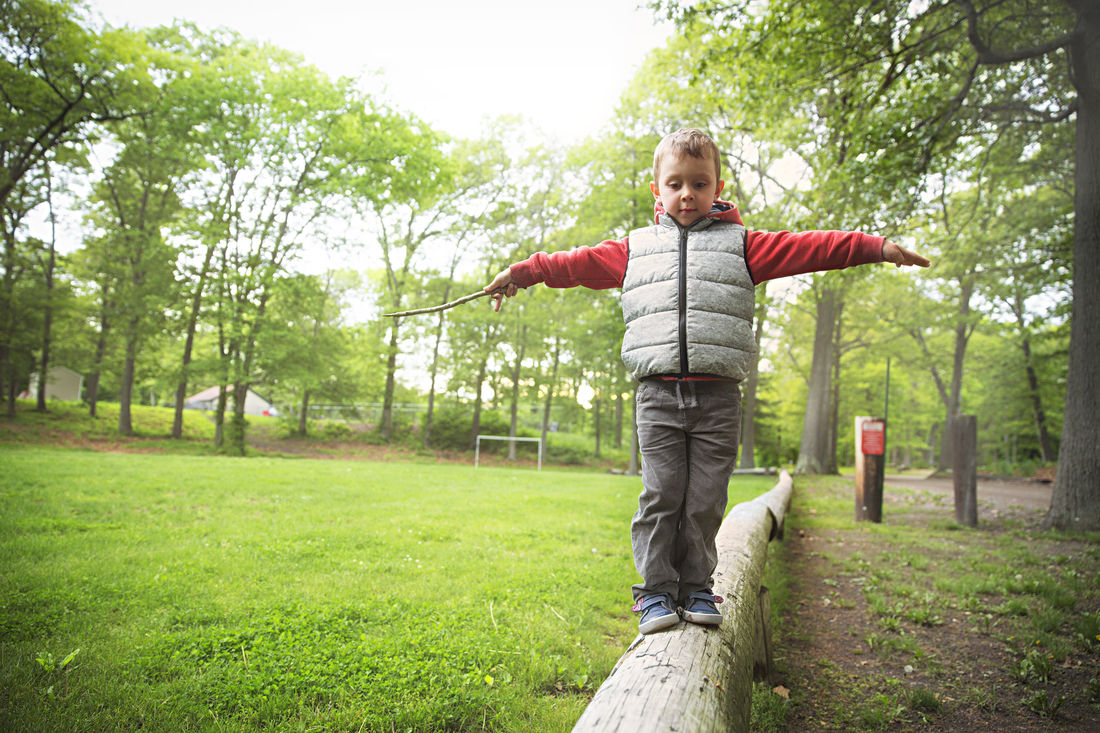Muscle tone is important for everything we do with our bodies including gross motor activities such as sports and running and fine motor activities such as handwriting and eating. Having adequate muscle tone is also important for concentration and attending to tasks.
So what is muscle tone? Each of the muscles in our body has a resting muscle resistance, which has the ability to resist a force without changing length. Appropriate muscle tone allows a quick response from an external force such as balance responses and protective reactions. Appropriate muscle tone also allows our muscles to quickly relax after the perceived change has gone. Muscle tone is different to muscle strength, which is defined as the muscle’s ability to actively contract and create a force to respond to resistance (e.g. pulling, pushing, lifting).
Low muscle tone or Hypotonia, is very common and can affect the quality of movement. Children with low muscle tone may appear “floppy” or “double jointed” and they may fatigue easily as their muscles are working harder to keep them upright. These children may prefer to flop on the couch, slump when seated, lean against objects, be heavy footed, appear uncoordinated or clumsy.
Some causes of low tone are specific and therefore require medical treatment. One of the principal treatments for children with low tone is Occupational Therapy.
Some common signs associated with low tone include:
- Difficulty maintaining head control i.e. head held in hand when writing
- Difficulty sitting upright for long periods of time i.e. table top activities
- Delay in motor milestones e.g. sitting, crawling, jumping
- Difficulty changing positions e.g. rolling, sitting to standing
- Clumsy or uncoordinated movements
- Hand eye coordination difficulties
- Poor balance
- Frustration with physically challenging tasks
- Awkward, tight pencil grasp
- Fatigues easily
Some strategies and activities to help develop muscle tone:
Gross motor activities:
- Animal walks including crab walks, bear walks, frogs walks, bunny hops and donkey kicks. These exercises activate a range of different muscles and assists in increasing postural stability.
- Bouncing on the trampoline,.
- Sports such as swimming and gymnastics.
- Climbing activities such as monkey bars, ladders, ropes, playground equipment
- Heavy work i.e. lifting heavy objects (e.g. shopping bags), carrying heavy school bag, helping out in the garden.
- Bouncing on a therapy ball or space hopper to activate core muscles.
- Sit-ups or “bicycles” (lie on back and cycle legs in the air).
- “Fly like a bird” - lie on tummy and arch back while pulling straight arms and legs off the ground.
Fine Motor activities:
- Warm up activities before seated tasks can help to temporarily increase muscle tone, so the child can feel what it is like to have better posture e.g. star jumps or animal walks.
- Alternative seating and working positions i.e. propped up on elbows or working at a vertical surface e.g. whiteboard or blackboard, this helps to engage upper limb and core muscles.
- Manipulating Playdoh or Theraputty can be a great way to build tone in the hands, which can assist with handwriting and fine motor tasks.
- Using a spray bottle, pegs, screwing and unscrewing jars and squeezing a stress ball will help to work the fine muscles of the hands.
It is important to identify when a child tires and aim to gradually and continuously increase strength and endurance. Scheduling in frequent rests breaks and providing lots of encouragement as well as varying the tasks will provide motivation and help increase duration of activities.
If you are concerned about your child’s tone, please do not hesitate to contact Kids First OT for more information or to book in an assessment.
